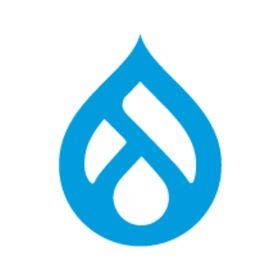Introduction
The Server Monitor module will monitor and display the status of a number of servers which will be polled by a ping or by retrieving a URL (drupal_http_request or cURL). The status checks can be configured to run during cron.
Description
When cron runs, Server Monitor will iterate through the list of configured servers and check their status (up or down) using the method specified (ping, curl or drupal_http_request). The current status is recorded and is displayed in a block on your website as well as in a JSON feed for use with other services you may have.
Requirements
- cURL, if you wish to use it as a monitor method.
Additional Notes
If you have the Varnish module installed, Server Monitor will automatically ban/purge the JSON feed when cron runs. For this reason, if you are running behind Varnish server(s), it is also best to check the 'Use JSON generated block?' option in the administration menu, as it will ensure that your block displays as up-to-date information as available.
Drush support. You can also use drush to run the server monitor via either drush server-monitor, or the alias drush smon.
 Still on Drupal 7? Security support for Drupal 7 ended on 5 January 2025. Please visit our Drupal 7 End of Life resources page to review all of your options.
Still on Drupal 7? Security support for Drupal 7 ended on 5 January 2025. Please visit our Drupal 7 End of Life resources page to review all of your options.